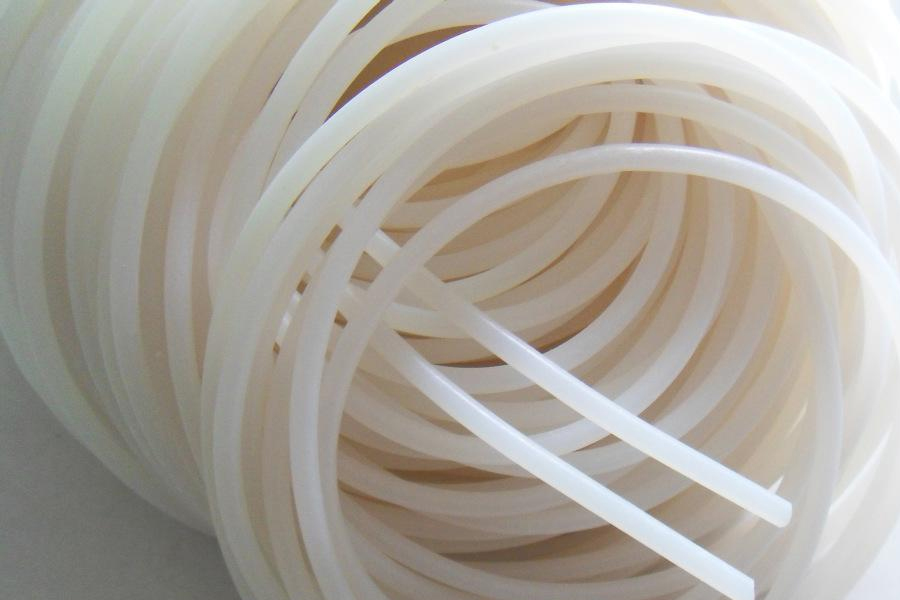Due to the special properties of aluminum, the electroplating of die-cast aluminum parts requires special pre-treatments, and these pre-treatments need to be adjusted due to different aluminum materials and different parts.They cannot simply follow the general process. Workers of electroplating of die-casting aluminum parts sometimes need to do the test of electroplating pre-treatment of die-casting aluminum parts. To carry out this test, the first is the selection of pre-treatment process and the design of improved methods.
The pre-plating treatment of die-casting aluminum parts/aluminum alloy die-casting parts includes four important processes such as degreasing, acid etching, chemical plating or replacement plating, and pre-plating. The key is chemical plating or replacement plating. Focus on this process. Of course, different aluminum materials and different processing methods have different requirements for pre-treatment, such as the pre-treatment of die-cast aluminum parts and rolled aluminum parts, and even the same processing method Different aluminum materials also have different pretreatment processes. For example, the amount of copper in aluminum directly affects the bonding strength of its coating. The test of the pretreatment scheme for the electroplating of die-cast aluminum parts is also a systematic comparative test. The sample is treated with different pre-treatment processes, and then the same electroplating process is carried out, and then the binding force is checked. The main point of this comparative test is to ensure that except for the different process points, the other processes are under the same conditions, otherwise There is no comparability and no evaluation can be made.
Four common methods for die-casting aluminum parts electroplating
There are four common methods for electroplating of die-cast aluminum parts:
Phosphating of aluminum
The effects of accelerators, fluoride, Mn2+, Ni2+, Zn2+, PO4; and Fe2+ on the phosphating process of aluminum materials were studied in detail by adopting SEM, XRD, potential-time curve, film weight change and other methods. The research shows that: guanidine nitrate It has the characteristics of good water solubility, low dosage, and rapid film formation. It is an effective accelerator for aluminum phosphating: fluoride can promote film formation, increase film weight, and refine grains; Mn2+ and Ni2+ can obviously refine grains. Make the phosphating film uniform, dense and can improve the appearance of the phosphating film; when the concentration of Zn2+ is low, the film cannot be formed or the film is poor. As the concentration of Zn2+ increases, the film weight increases. PO4. The content increases the weight of the phosphating film.
Alkaline electrolytic polishing process for aluminum
The alkaline polishing solution system was studied, and the effects of corrosion inhibitor and viscosity agent on the polishing effect were compared.The alkaline solution system with good polishing effect of zinc aluminum die casting was successfully obtained, and the operating temperature was reduced for the first time. , An additive that prolongs the service life of the solution and can also improve the polishing effect. The experimental results show that: adding appropriate additives to the NaOH solution can produce a good polishing effect. Exploratory experiments also found that: using NaOH solution of glucose under certain conditions After DC constant voltage electrolytic polishing, the reflectivity of the aluminum surface can reach 90%, but due to the instability of the experiment, further research is needed. The feasibility of using the DC pulse electrolytic polishing method to polish aluminum under alkaline conditions is explored. The results show that the pulse electrolytic polishing method can achieve the leveling effect of DC constant voltage electrolytic polishing, but its leveling speed is slower.
Environmentally friendly chemical polishing of aluminum and aluminum alloys
It is determined to develop an environmentally-friendly chemical polishing new technology based on phosphoric acid-monosulfuric acid, which should achieve zero emissions of NOx and overcome the quality defects of similar technologies in the past. The key of the new technology is to add some special functions to the base liquid Compounds are used to replace nitric acid. To this end, we first need to analyze the chemical polishing process of aluminum triacid, especially to study the role of nitric acid. The main role of nitric acid in aluminum chemical polishing is to inhibit pitting corrosion and improve polishing brightness. Combined with pure phosphoric acid The chemical polishing test in monosulfuric acid believes that the special substances added in phosphoric acid monosulfuric acid should be able to inhibit pitting corrosion and slow down the overall corrosion, and at the same time must have a good leveling and brightening effect
Electrochemical surface strengthening treatment of aluminum and its alloys
The process, performance, morphology, composition and structure of aluminum and its alloys anodized and deposited in a neutral system to form a ceramic-like amorphous composite conversion film, and the film formation process and mechanism of the film layer were preliminarily discussed. In the Na_2WO_4 neutral mixed system, the concentration of the film-forming accelerator is controlled to 2.5-3.0g/l, the concentration of the complexing membrane agent is 1.5-3.0g/l, the concentration of Na_2WO_4 is 0.5-0.8g/l, peak The current density is 6-12A/dm-2, weak stirring, you can get a complete, uniform, good gloss gray series inorganic non-metallic film. The thickness of the film is 5-10μm, and the microhardness is 300- 540HV, excellent corrosion resistance. The neutral system has good adaptability to aluminum alloys, and can form films on a variety of aluminum alloys such as rust-proof aluminum and wrought aluminum.
